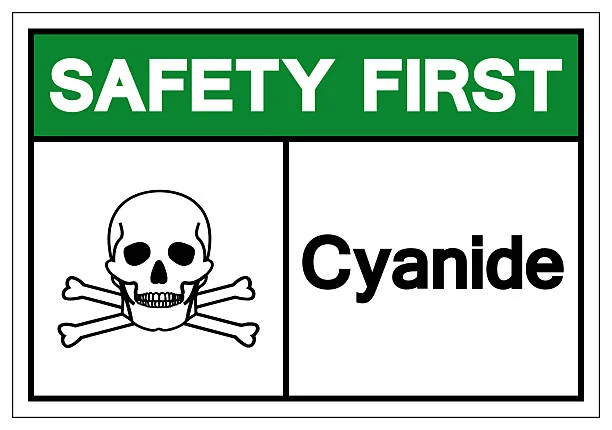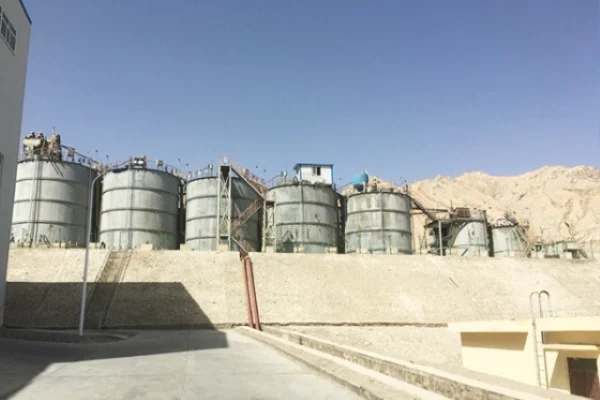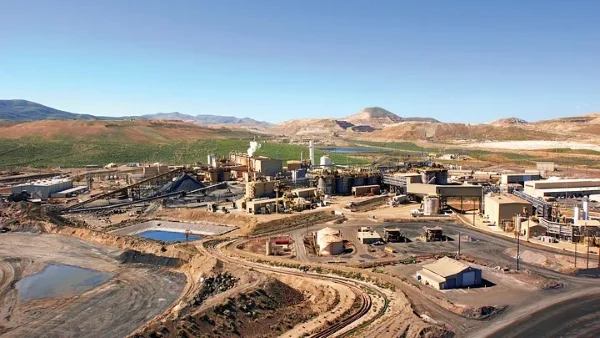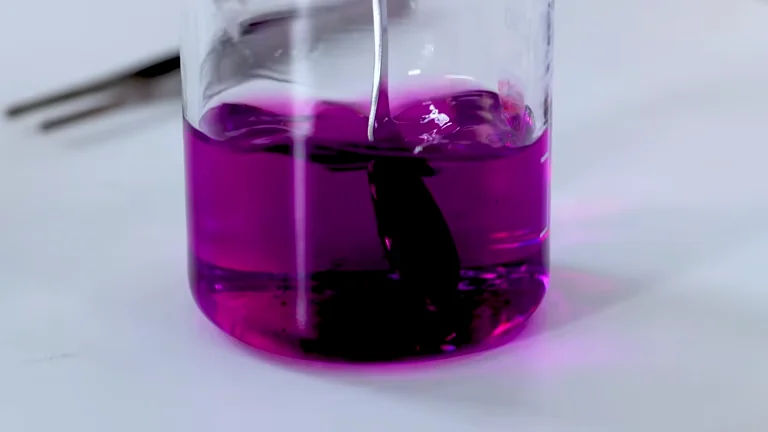
Cyanidation leaching is a widely used process in the gold mining industry. However, cyanidation leaching tailings often pose significant challenges. These tailings typically contain low - concentration cyanides, unextracted gold and silver, as well as carrier minerals such as chalcopyrite and pyrite. The surfaces of sulfide ores in these tailings are inhibited by Sodium cyanide during the cyanidation process. Although the ore grade is low and the cyanide concentration is not extremely high, the large volume of tailings makes them a major concern.
Currently, there are three common treatment methods for cyanidation leaching tailings: acid activation, oxidant activation, and copper - salt treatment.
Acid Activation Method
The acid activation method involves adding sulfuric acid or oxalic acid to activate the tailings. While this method can effectively activate the tailings, it has several drawbacks. Firstly, it is prone to generating toxic and harmful hydrogen cyanide gas. Although the recovered hydrogen cyanide gas can be reused, the operation poses a high risk. Secondly, the acidic environment can easily corrode equipment and pipelines, requiring high - level anti - corrosion measures.
Oxidant Activation Method
In the oxidant activation method, hydrogen peroxide or hypochlorite is added to activate the tailings. However, it is difficult to precisely control the dosage of the oxidant. Slightly excessive amounts can oxidize sulfide ores, reducing their recoverability. Moreover, many oxidants are corrosive to the human body, posing a potential threat to the health of workers.
Copper - Salt Treatment Method
The copper - salt treatment method uses inorganic salts such as copper sulfate or iron salts to activate the tailings. Nevertheless, environmental regulations have strict requirements for the discharge of copper ions in wastewater. Additionally, copper ions are activators for sphalerite and pyrite. Therefore, this method is not suitable for cyanidation tailings that contain both sphalerite and pyrite, and it is not environmentally friendly.
In conclusion, the treatment of cyanidation leaching tailings presents a complex set of challenges. Despite the relatively low cyanide content, the high investment costs and strict safety and environmental requirements make it necessary to explore new, more effective, and sustainable treatment methods. This could potentially involve a combination of existing techniques or the development of entirely new approaches to address the environmental and economic concerns associated with these tailings.
- Random Content
- Hot content
- Hot review content
- Sodium Sulfide Industry Grade 60% 30ppm/150ppm Yellow/ Red Flakes Na2s
- Featured Poducts Sodium Cyanide
- Manganese sulfate
- Lithium chloride, 99.0%,99.5%
- Cupric Chloride 98%
- Pharmaceutical Intermediate Glycine with High Quality 99%
- Calcium Chloride 74% Flakes
- 1Discounted Sodium Cyanide (CAS: 143-33-9) for Mining - High Quality & Competitive Pricing
- 2China's New Regulations on Sodium Cyanide Exports and Guidance for International Buyers
- 3Sodium Cyanide 98% CAS 143-33-9 gold dressing agent Essential for Mining and Chemical Industries
- 4International Cyanide(Sodium cyanide) Management Code - Gold Mine Acceptance Standards
- 5China factory Sulfuric Acid 98%
- 6Anhydrous Oxalic acid 99.6% Industrial Grade
- 7Oxalic acid for mining 99.6%
- 1Sodium Cyanide 98% CAS 143-33-9 gold dressing agent Essential for Mining and Chemical Industries
- 2High Quality 99% Purity of Cyanuric chloride ISO 9001:2005 REACH Verified Producer
- 3Zinc chloride ZnCl2 for High Molecular Weight Polymers Initiator
- 4High Purity · Stable Performance · Higher Recovery — sodium cyanide for modern gold leaching
- 5High Quality Sodium Ferrocyanide / Sodium Hexacyanoferr
- 6Gold Ore Dressing Agent Safe Gold Extracting Agent Replace Sodium Cyanide
- 7Sodium Cyanide 98%+ CAS 143-33-9











Online message consultation
Add comment: